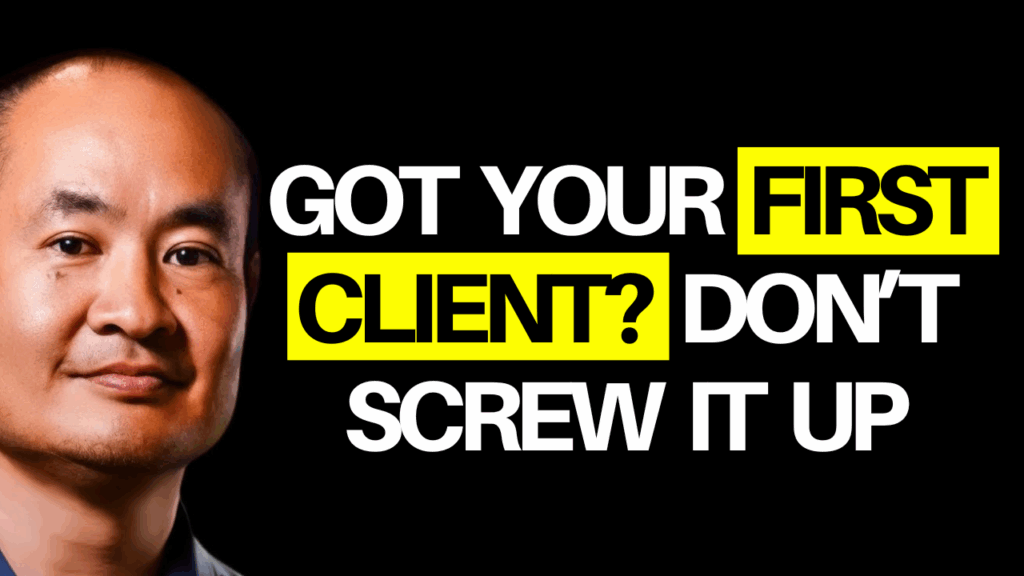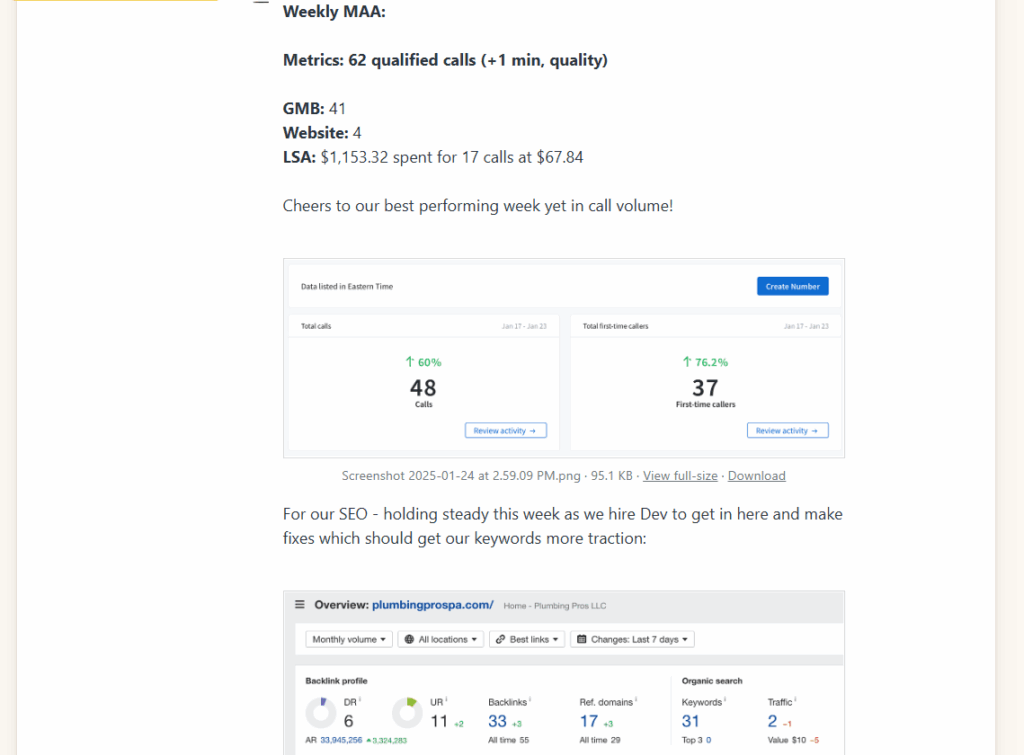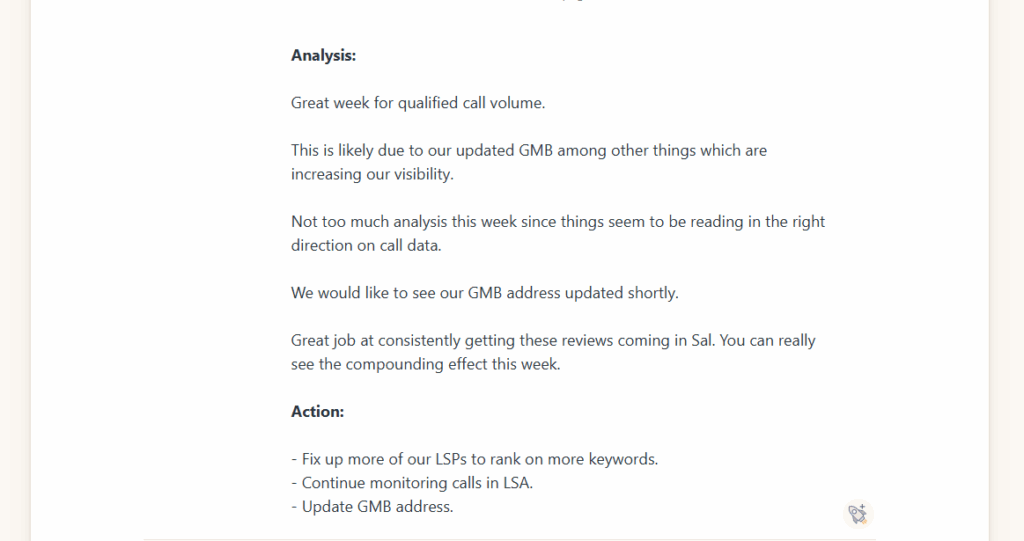Don’t Tag Me in Basecamp — Here’s Why
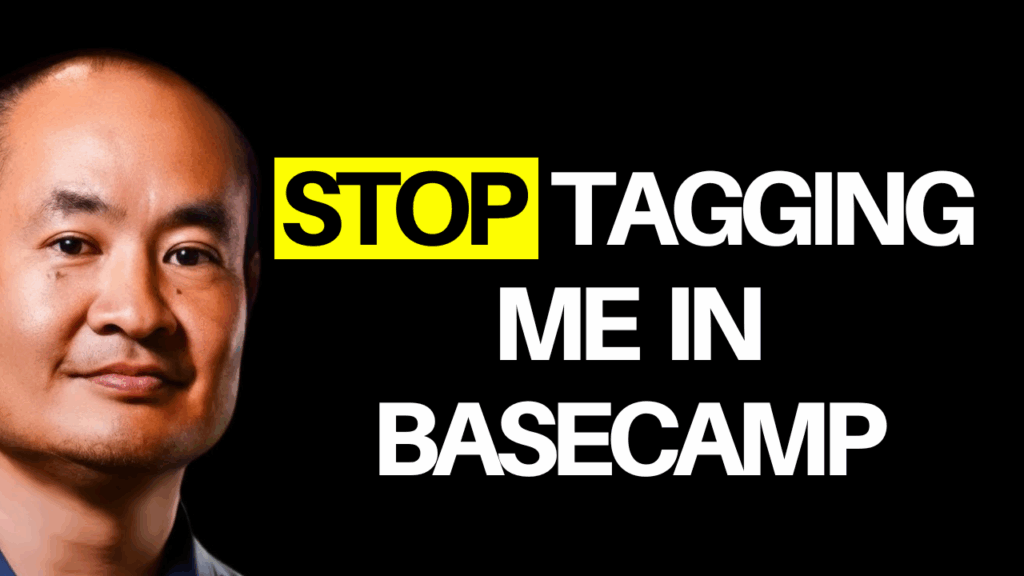
Every time someone tags me in Basecamp, I get two emails for the same message: one for the post, and one for the mention.
Multiply that by dozens of projects, and you’ve just doubled the noise in an inbox that already gets over a thousand emails a day.
I manage 1,000 emails a day. Every unnecessary ping pulls me away from the high-value work that keeps everything moving: strategy, client relationships, training, and developing the next generation of digital leaders.
Tagging me in Basecamp might seem like a quick way to get my attention, but it actually creates friction.
It breaks the system we built to keep communication smooth, focused, and accountable.
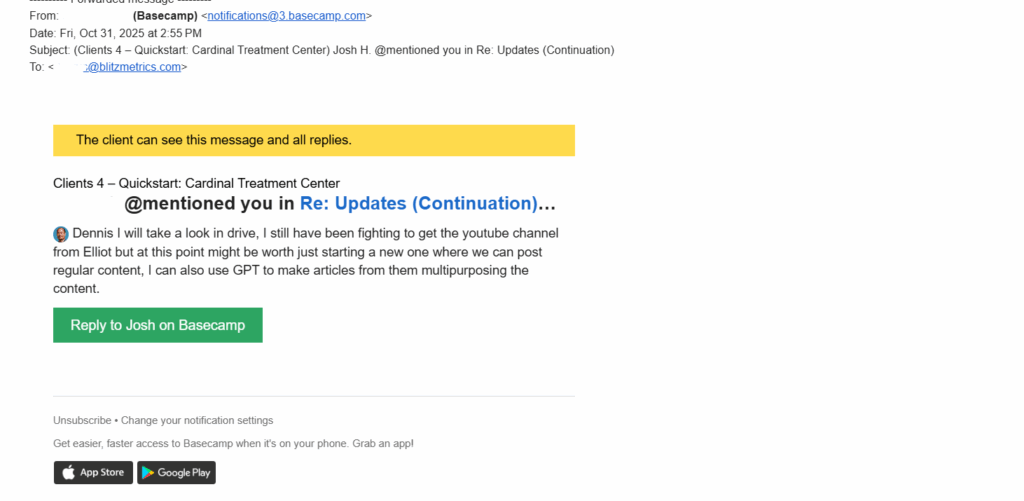
If I’m subscribed to a Basecamp thread, I already get the message.

Practice RACI
Basecamp is where we document work.
We always practice RACI:
- R = Responsible (the person doing the work).
- A = Accountable (the person ensuring it gets done).
- C = Consulted (people giving input).
- I = Informed (people who just need to know).
When you tag someone just to make sure they “saw it,” you’re bypassing that structure.
It’s like cutting across traffic because you don’t feel like waiting for the light; it might save a second, but it causes chaos.
We Built Systems for a Reason
We created the Level 1 Guide to make this process easy for new folks and anyone who hasn’t worked in a high-functioning team before. It’s all spelled out, who does what, where updates go, and how to communicate clearly without creating extra noise.
Following these systems is about protecting focus.
Every time you skip the system, you create work for someone else and that ripple effect slows everyone down.
The Bottom Line
Don’t tag me in Basecamp.
If I need to be looped in, assign the task to the right person and let the process work.
If it’s truly urgent, use the proper channels.
We win by running clean systems, not by shouting louder in the digital hallway.

